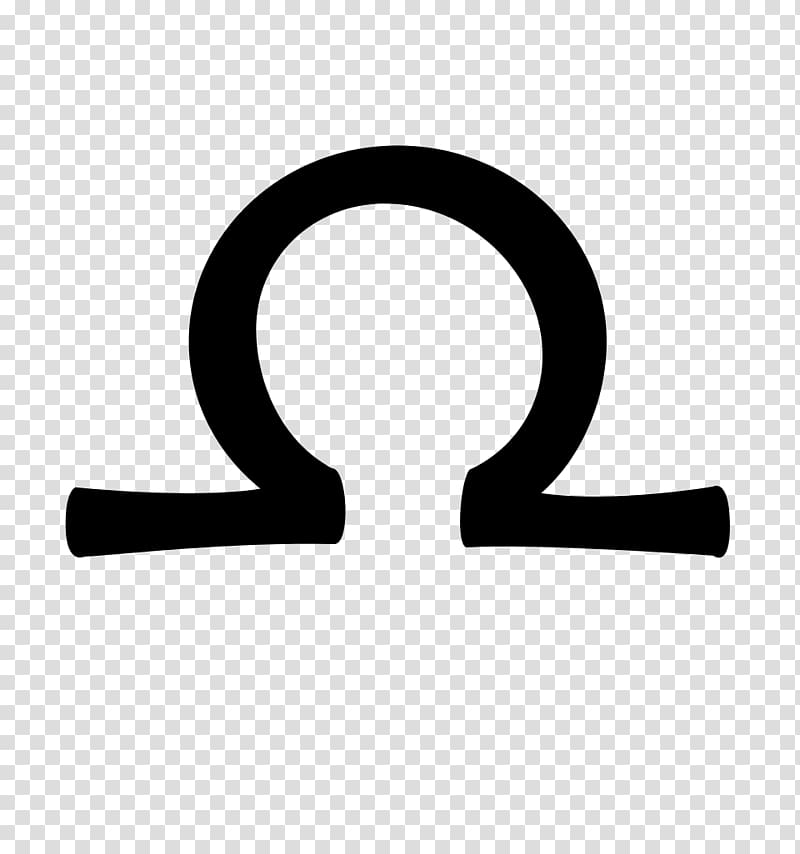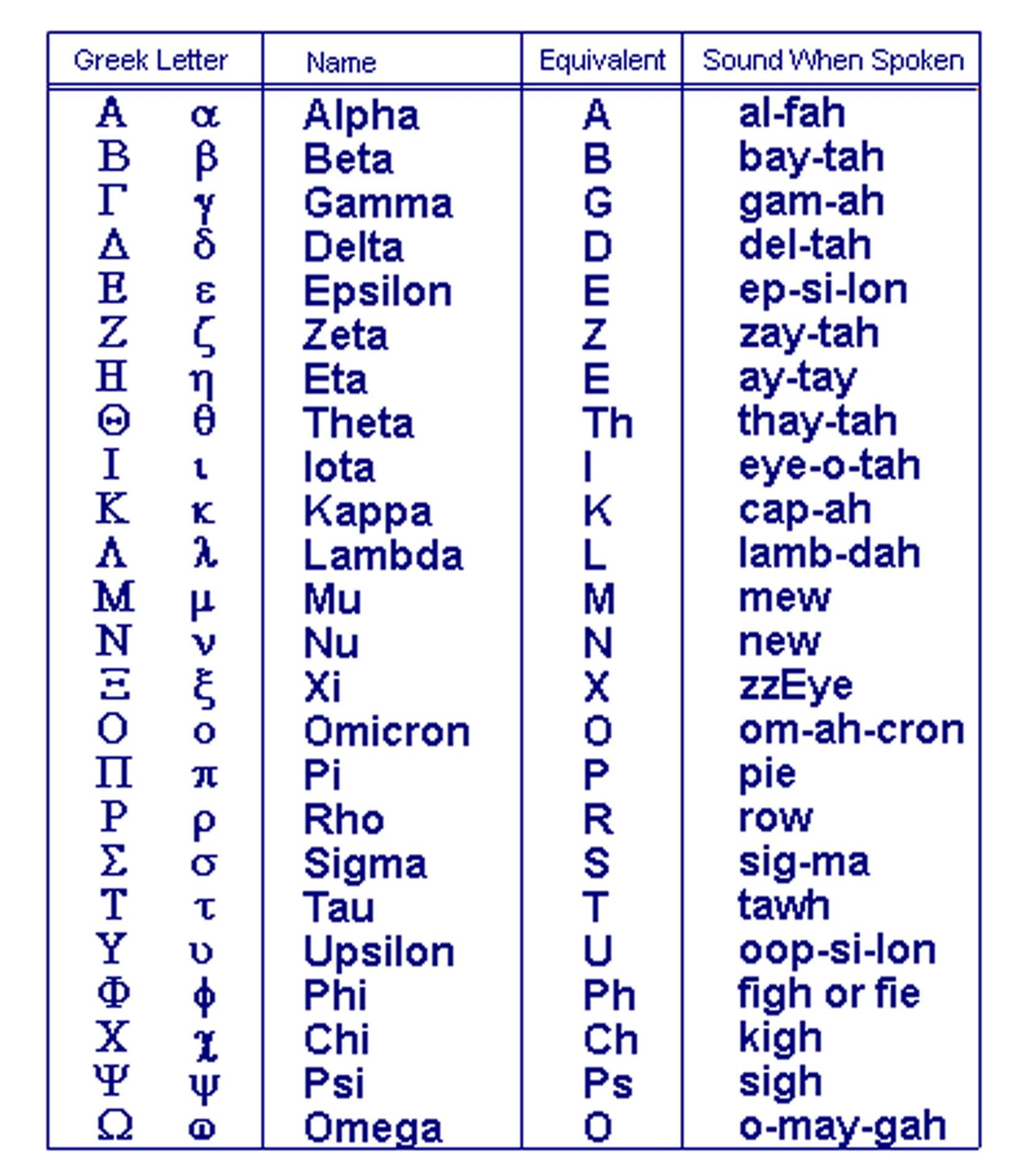
Alternately, you can click to select an existing text object, then right-click and choose Properties.While in in-place edit mode, highlight the text that you want to bold, italicize, etc., then click the one of the buttons on the Format toolbar or click the desired button then type your character(s).

Lastly, save your project file as an OPJ, not OPJU file (Origin 2023 and later versions cannot write an OPJ file but you can still share individual window files as OGG, OGW, etc.).Īdding Special Characters, Versions 2017 and Older Therefore, if you working with 2018 or later and you plan to share your work with Origin users who are using pre-2018 versions of Origin you should (1) insert your Unicode characters using the Advanced Symbol Map (not the Character Map) and (2) be sure to check the Use escape notation check box at the bottom of the dialog. Note: Prior to Origin 2018, Origin did not support Unicode. Alternately, enter the 4-character Unicode sequence in the Go to Unicode box and click Insert. Newer-version users choose your character from one of the dialog's tabs or if using Advanced Symbol Map (opens by default in older versions), set Font, as needed, leave Unicode checked, find your character and click Insert.

When creating new text objects, most users will add special characters and formatting using "in-place" methods (click the Text tool or choose Add Text from the shortcut menu).There are two basic modes for inserting special characters into text labels:

1.32 FAQ-148 How Do I Insert Special Characters into Text Labels?


 0 kommentar(er)
0 kommentar(er)
